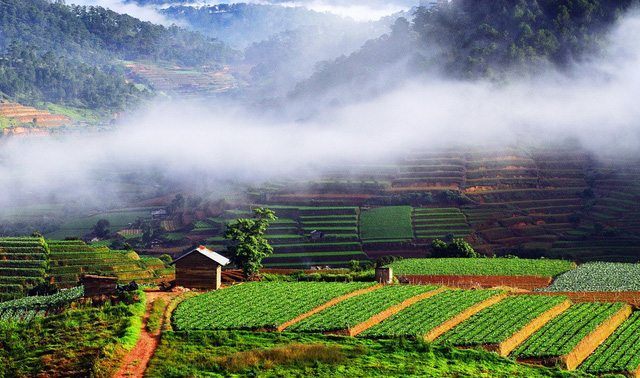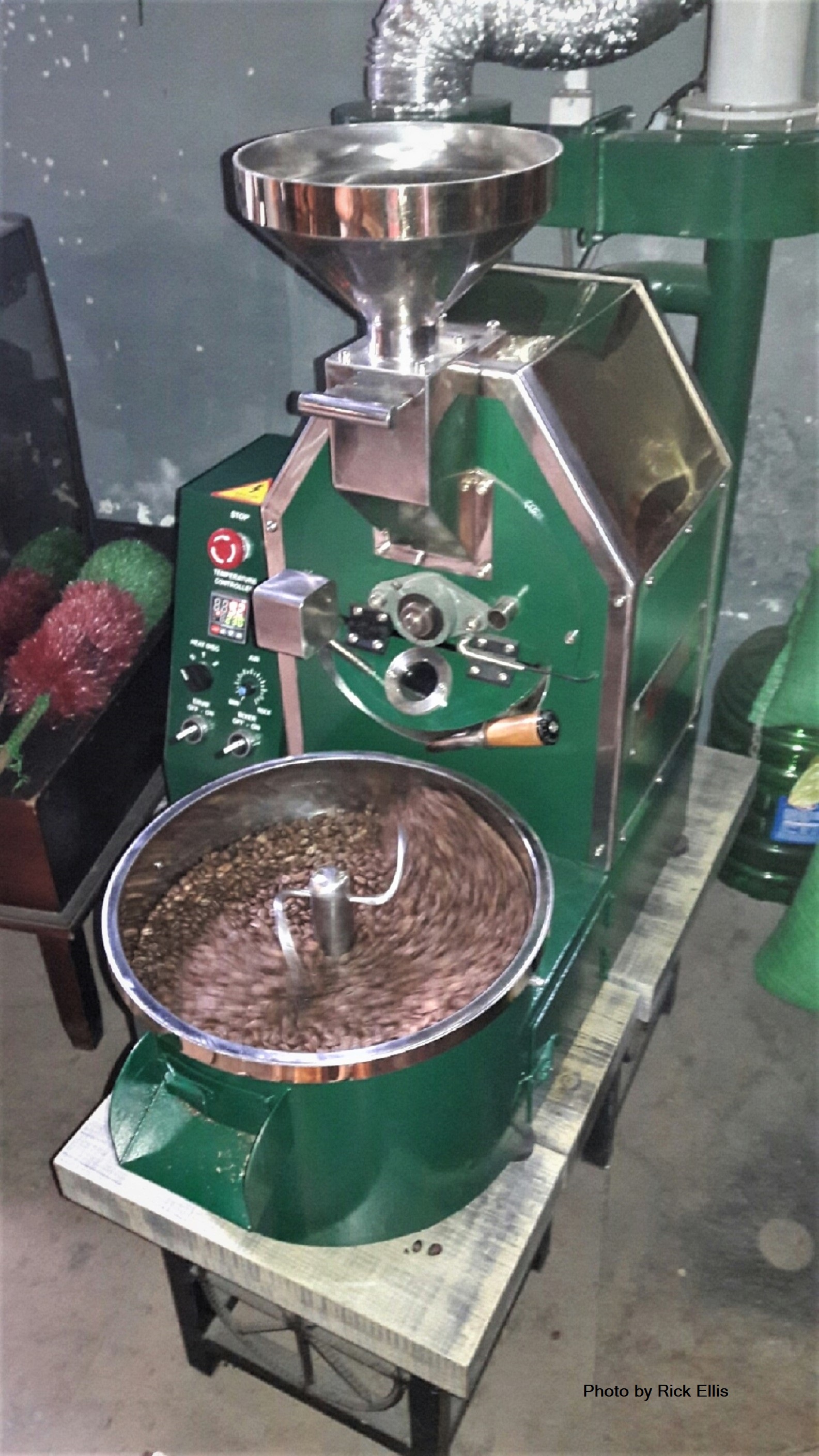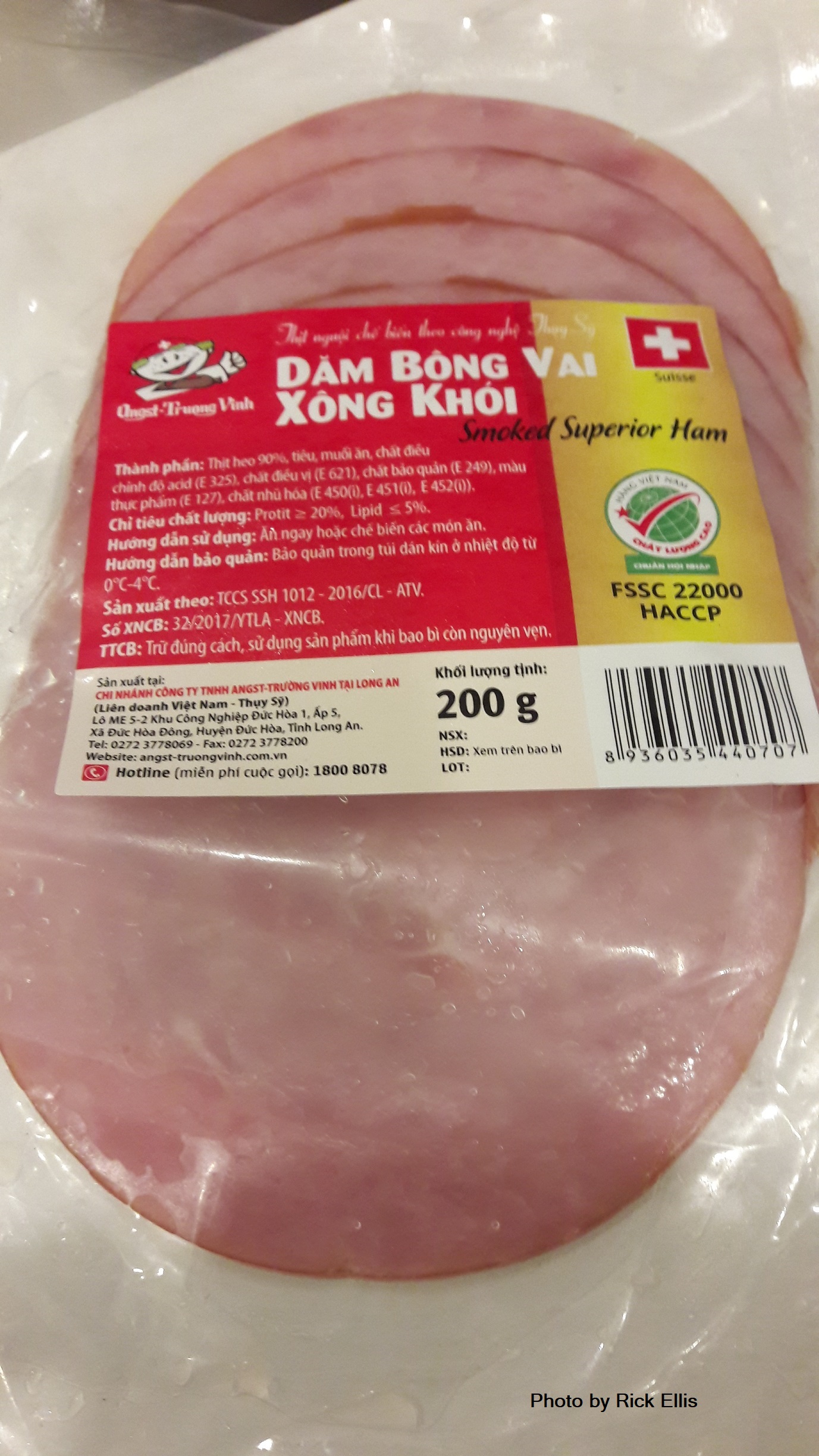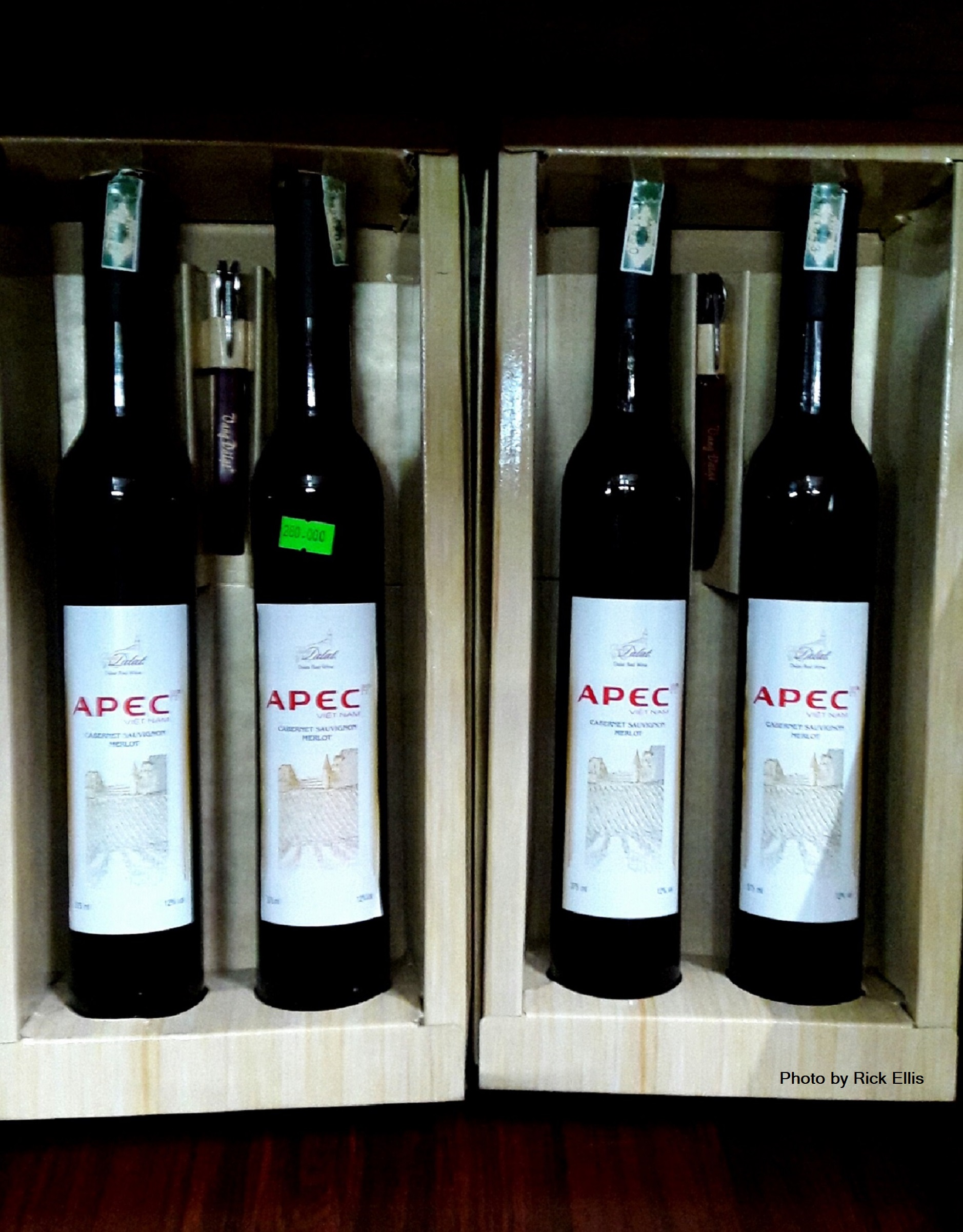How about the first time you went to a supermarket in your new country overseas only to discover a favourite food item had a price tag that nearly knocked you off your feet? Or you visited accommodation while apartment hunting that was expensive yet missing what you consider to be basic features?
When we move abroad we have to decide which toys, trinkets, and habits we’ll keep in our adoptive country and which we’ll let go.
I recently wrote an article about the cost of living for an expat retiree in Vietnam and discovered during research that I was spending money on things out of habit, not need, and that I could save a fair amount by tweaking priorities:
Part of that exercise was a sanity check on where money was going because the cost structure is quite different in Vietnam, so simply converting prices from a foreign currency to Vietnamese dong (VND) only tells part of the story. Some items are proportionately cheaper than we’re used to, and some pricier, particularly luxury items and imported products.
Something has to give, and it’s trickier if we need to balance a budget simultaneously with making lifestyle decisions. It’s all about rationalizing and reconciling what we can afford with what we want and need.
What we can afford is usually easy to determine, but differentiating between “need” and “want” can be baffling. This exercise doesn’t necessarily mean doing without something we want, nor counting pennies and gnashing teeth over every item, rather comparing and choosing with a discerning eye.
Take rent for example - I know many people who spend double or more than me because they want a guest room, an office or den, and a garden. Fair enough - some people value space more than others. I prefer small, simple, and flexible, so I’ve been staying in a hotel for over two years.
As a former homeowner I confess it felt strange at first to not have several rooms to knock around in, but I soon got used to my new living style. If any doubt about downsizing had ever crept in (it didn’t), I would have reminded myself that my new lifestyle is much cheaper, without any commitment, and requires no time, effort, nor cash to maintain.
Reminds me of the expression “out of sight, out of mind," which means we’re not tempted by things if we don’t see them or are otherwise reminded of them. I don’t see that large home so I don’t miss it.
Most of my expat acquaintances pay around VND10 million per month on rent, which equals US$435 monthly (based on the current rate of VND 23,000 = $1) - a bargain by Western standards.
When compared to the VND5 million or $220 that I pay it suddenly seems extravagant, and in relative terms it is. I save VND60 million per year or about $2,600 by having a smaller place. That’s a fair chunk of change anywhere, moreso here in Vietnam.
Coffee is one of Vietnam’s largest cash crops, so naturally there are many offerings spanning various qualities and price ranges. Large multinational brand name coffee sellers use beans imported from the other side of the world so obviously the cost is much higher than local robusta beans.
A cup of local brew costs VND10,000 ($0.45) in a working-class cafe, VND20,00 ($0.88) in a nicer middle-class place, or VND60,000 ($2.60) for a larger portion in the multinational coffee shops, and you can pay double that for their fancier drinks.
When we’re in the mood to splurge, some beautifully decorated cafes with live music, first-class service, and koi ponds sell a cup for VND100,000 ($4.30), but those places are reserved for special occasions, not part of the usual daily routine.
Based on a two-cup-per-day habit, the local brew costs VND7,300,000 ($317) annually, the middle-class cup comes to VND14,600,000 ($635), and a larger, decent-sized cup at the fancy multinational big name cafe weighs in at VND43,800,000 ($1,904).
|
|
| Grinding beans in a multinational brand name cafe |
Let’s say we’re used to the multinational cafe and all it’s slick amenities, such as air-conditioning, background music, servers with uniforms and name tags (Why do we need to know their names?), and cheesy advertising all over the shop.
The working-class place with its clouds of cigarette smoke, raucous card games, kiddie plastic chairs, and generally humble surroundings is too far toward the other extreme, so we compromise and frequent the middle-class cafe instead of the multinational cafe.
We’ll save more than VND29 million ($1,270) annually with that deft little move - it’s interesting to see how it adds up.
That example illustrates how to assess preferences and make sure our money is providing the best value without going bonkers from “analysis paralysis."
We’re fortunate in Vietnam because the French colonial era created a strong culinary bond between European and local foods. That marriage of cultures resulted in treats such as foreign dishes made using local ingredients and hybrid versions of Western dishes (such as “bò kho” beef stew which is the Vietnamese take on French “ragout”).
Vietnamese food lovers also enjoy good quality, locally-made French-style sausages, cold cuts, pate, and cheese, so there’s no need to pay hefty prices for imported products.
The local version of sliced ham (“dăm bông” from the French word jambon) is a knock-off of the sandwich ham that we grew up on in Western countries that would pass any blindfold test, and costs only about VND25,000 (just over $1) for 100 grams.
|
|
| Delicious version of luncheon ham |
Domestic “La Vache Qui Rit” (The Laughing Cow) French-style wedges of creamy cheese and cheddar slices for sandwiches imported from Thailand are both comparable to their Western counterparts at less than 1/2 of the price of imported Emmental and Camembert cheeses.
I know, I know, that processed stuff is not all real cheese, but they’re both a hell of a lot better than no cheese at all. Been there, done that, and life without cheese was not pleasant, let me tell you.
And that leads us to the only way to determine what’s in and what’s out: Test the products available in our price range, see what we enjoy and crave, and take it from there. At the very least you’ll be aware of what’s really important.
Let’s take European (grape-based) wine: I drink a good grade of the local Da Lat wine which most foreigners dismiss as glorified vinegar. I wouldn’t know tannin if it hit me in the head, but I do know a good wine having lived surrounded by vineyards in Europe for 13 years as well as within a stone’s throw of Northern California’s wineries for longer than that. The Da Lat wine is definitely not world class nor anywhere close to it, but that’s not the question, this is:
Despite the tartness, is it drinkable or not?
The answer, for me at least, is I’ve drunk much worse in less pleasant surroundings, so although that local grog puckers up my cheeks, it’s definitely drinkable. I buy a three-liter box for VND240,000, the equivalent of four 750ml bottles, lasting about six days, which comes to around 60 boxes per year at a total cost of VND14,400,000.
|
|
| Da Lat red wine |
There’s a Chilean Cabernet Sauvignon available in the same shop that really gets my motor running. Yummy. A major temptation, I confess. It sells for VND120,000 per bottle, or VND480,000 for the same three liters as the local Da Lat wine.
Extrapolate that out over a year and I save VND14,400,000 drinking the local wine, which equals $625.
The question that needs answering is: Would I prefer drinking the local stuff and getting a free return airplane ticket to Tokyo from Vietnam or drinking the Chilean wine? And the answer is: I’ll take the local stuff and the ticket.
We could go on and on with examples, but let’s stop right there and tally up the annual savings: VND60 million on rent, VND29.2 million on coffee, and VND14.4 million on wine come to over VND103 million, equivalent to just over $4,500.
Anyone who thinks that’s chump change, go ahead and laugh. I’ll gladly take the $4,500 each year and allocate it elsewhere, thank you very much.
My passion is travel because that’s what I value most in life, and that $4,500 represents a month-long trip to a world-class destination with all the trimmings, which is precisely what I’m going to do with that cash.
Get out your calculator and “follow the money” as the expression goes, there might just be a sizeable amount that you can save by moving priorities around.
Be patient, experimental, and creative, and remember:
“Out of sight, out of mind.”























































